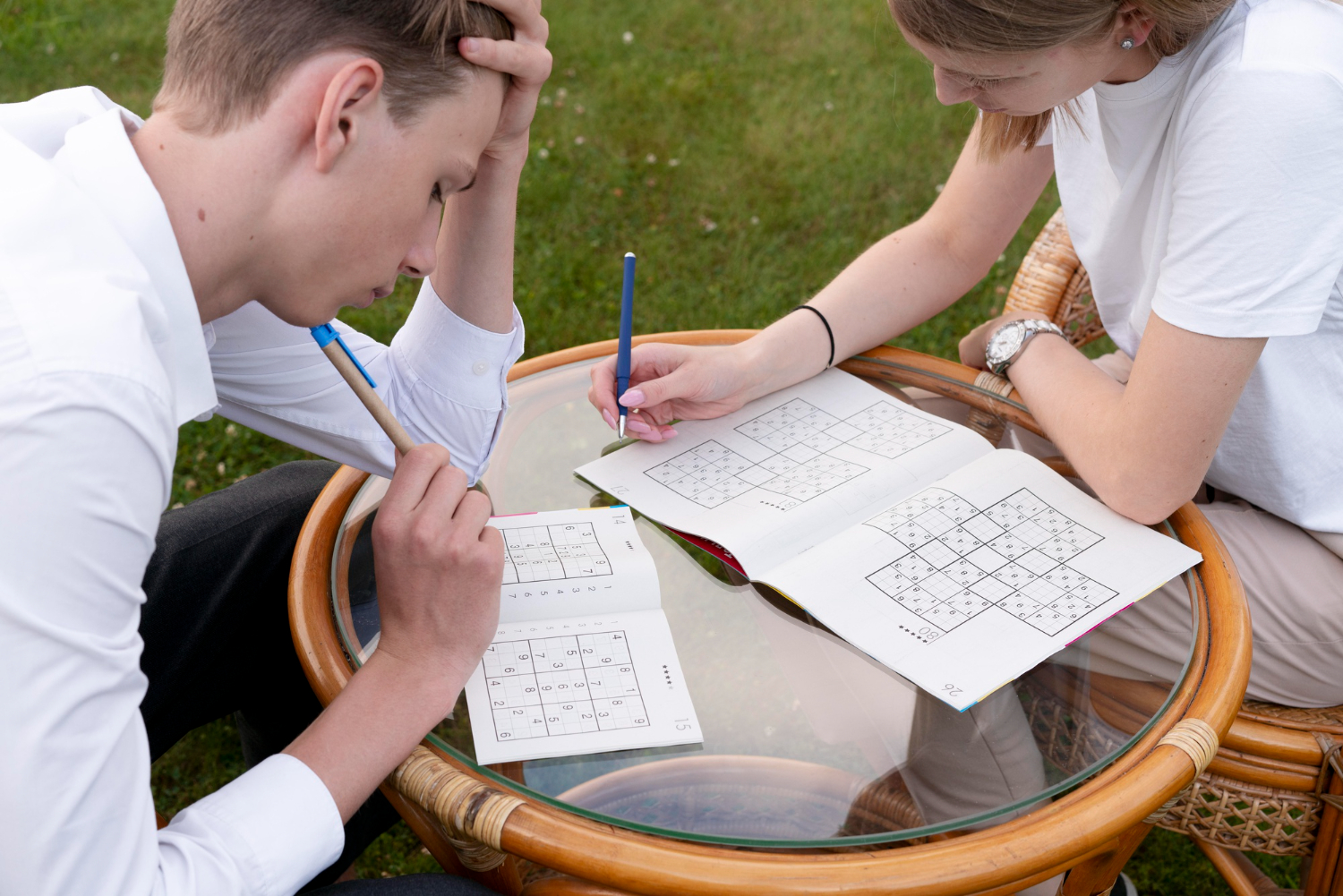
Guide to non-verbal reasoning for eleven-plus (11+) exams
When preparing for 11+ exams, your child may need to dedicate time for the non-verbal reasoning section. This section can be found on both the GL Assessment and the Centre for Evaluation and Monitoring (CEM) 11+ exams.
That said, it’s worth mentioning that non-verbal reasoning is not part of every GL 11+ exam. You’ll want to verify what your child’s preferred grammar school requires first.
Regardless of the exam board, we’re here to help your child be ready for 11+ non-verbal reasoning questions. This is why we’ve created a basic guide on what to expect. Read on to learn more about the following topics.
-
What is non-verbal reasoning for 11+ exams?
-
Question preparation
-
What is tested?
-
Knowing when your child is ready
What is non-verbal reasoning for 11+ exams?
In the context of 11+ exams, non-verbal reasoning may be called spatial reasoning. This is because it tests the visual relationship of things like shapes and diagrams. To improve your child’s skills in this area, have them work through puzzles and assemble building kits.
In addition, if they’re taking the GL 11+ exam, they can sift through past year’s questions to anticipate what is asked. Since GL Assessment is the most common exam board used, they’ll likely encounter this exam board.
Question preparation
As previously explained, sample GL 11+ exams can be used to get a sense of what’s to come. This is because GL Assessment pulls from a database of questions. The CEM, on the other hand, is more difficult to predict.
That said, it’s a good idea to prepare your child on non-verbal reasoning concepts and theories, rather than focus on specific questions. That is why interactive learning tools are useful.
These include the Rubik’s cube, Soduku, Mastermind, Chess, Lego, and Tangrams. With this, work with what you have before rushing out to the shops. You’ll want the learning process to feel familiar to your child.
When combining educational games with the many resources available online, it’s easy to find a suitable approach. A good place to start is our article on the free 11+ websites.
What is tested?
When being tested on visual relationships, your child will encounter questions within the themes of interpreting shapes, manipulating 3D shapes, and manipulating 2D shapes.
This includes things like understanding sequences, pairs, logic, rotations, reflections, and decoding, among other topics. Generally speaking, they’ll need to identify patterns and anticipate the correct answer.
More specifically, when taking the GL 11+ exam, the following will come up.
-
Odd one out
-
Codes
-
Analogies
-
Similarities
-
Series
-
Matrices
Knowing when your child is ready for 11+ exam
While cramming and long practice sessions may seem like a good way to get ready, it’s much better to build up their skills over time. When understanding visual relationships, they’ll need to be confident in choosing the right answers.
In addition, you’ll want to avoid any fatigue or strain on their eyes. Creating a proper study plan can take a lot of time and effort.
This is because non-verbal reasoning builds on concepts, and becomes easier to understand through repetition. The goal is to continuously expose your child to similar concepts and theories so their brain understands what is coming.
If you find you need help to build your child's non-verbal reasoning skills our 11+ exam course is proven to be successful.
We’re also available to help on other topics related to 11+ exams. Whether it’s finding the right grammar school, or knowing how to find the right tutor, we’ve compiled several 11+ guides. If you require further information on anything covered, feel free to give us a shout. It’s our goal to ensure your child succeeds as much as they can.